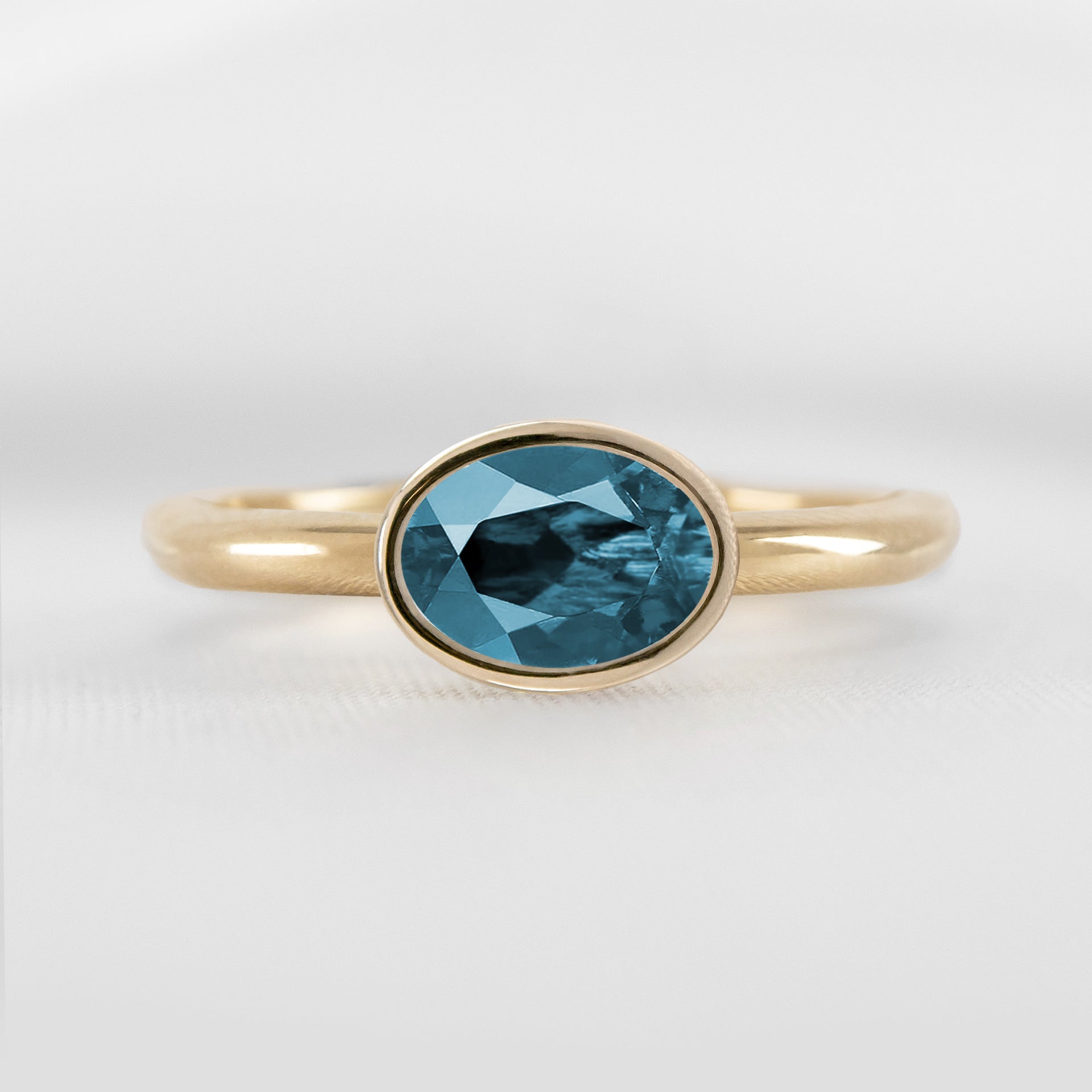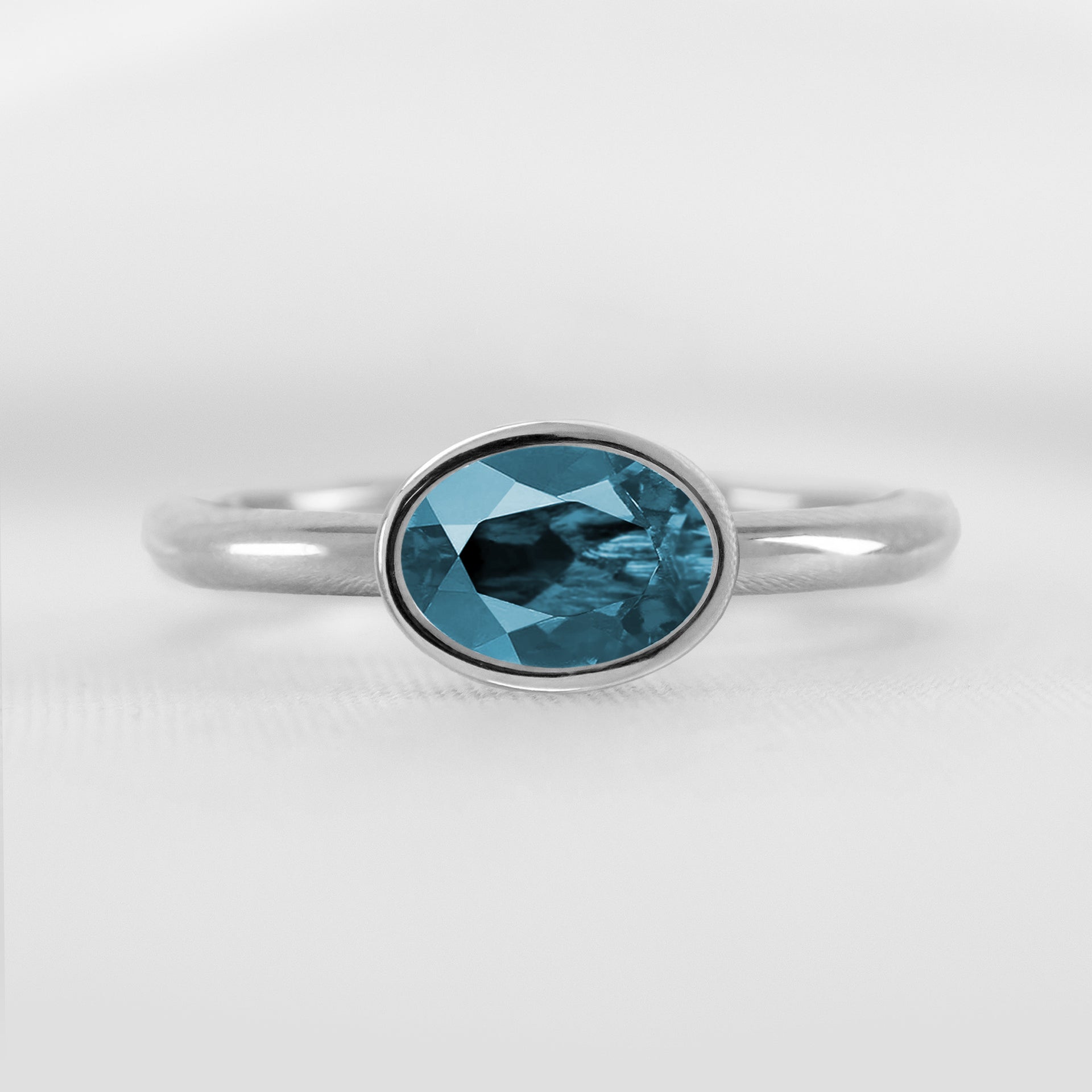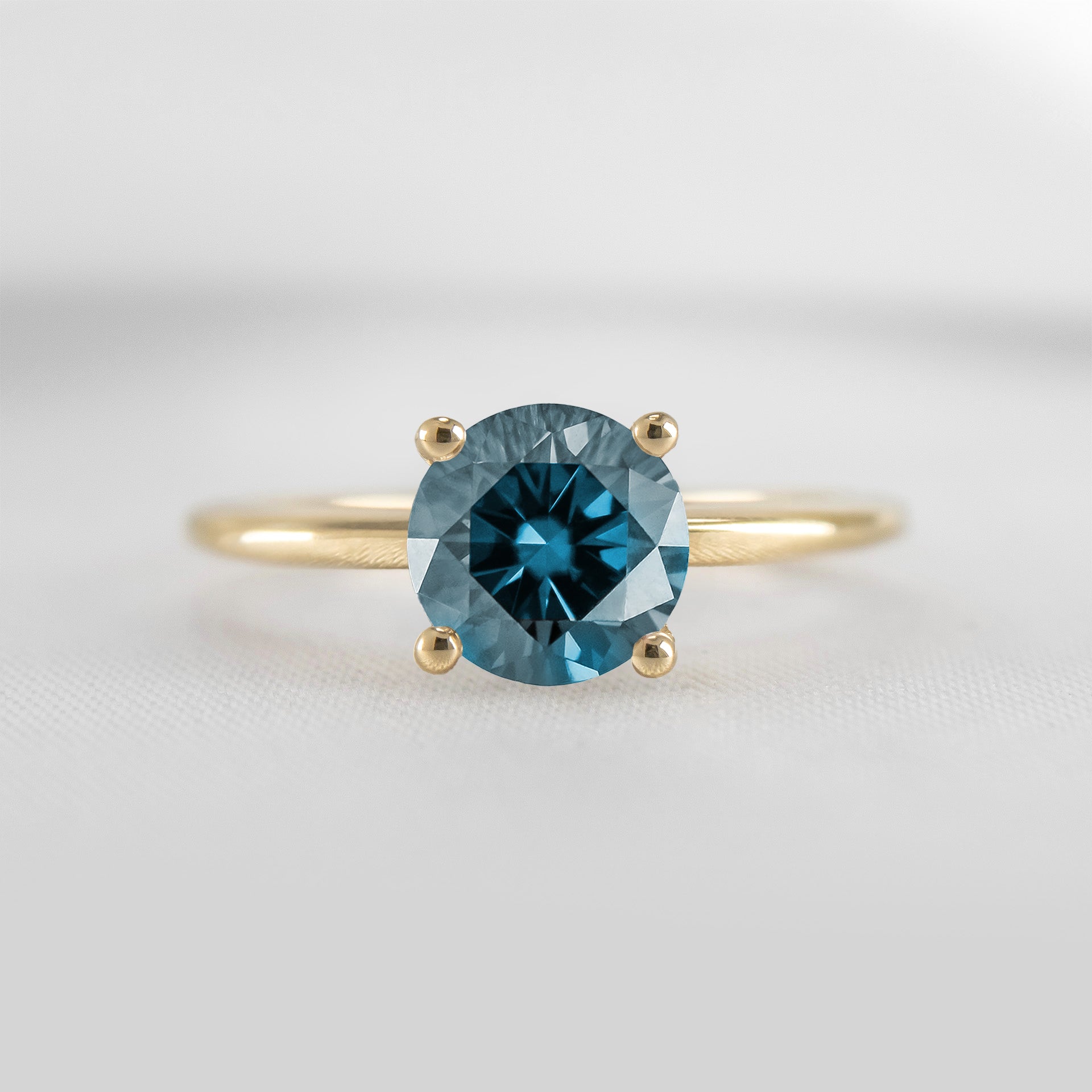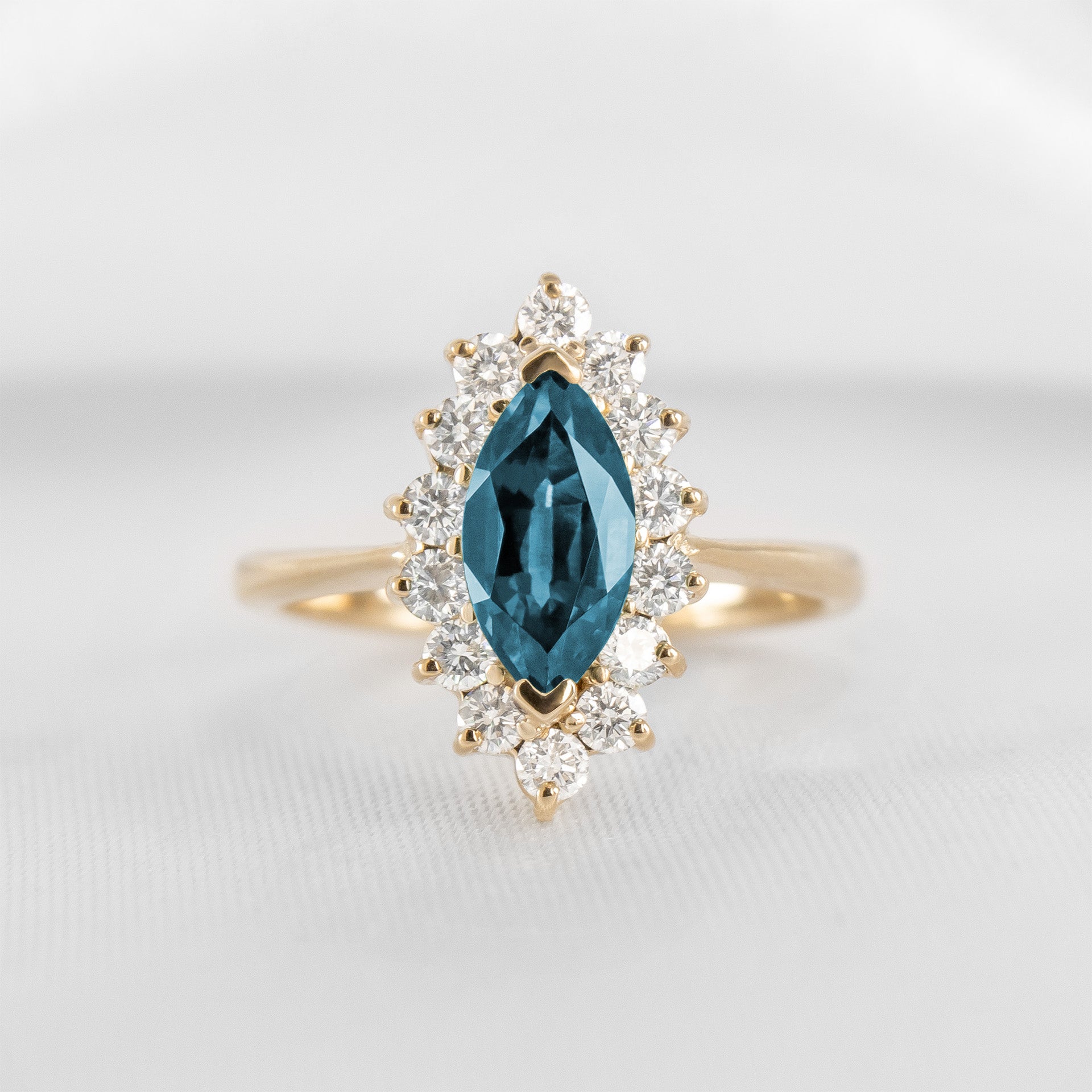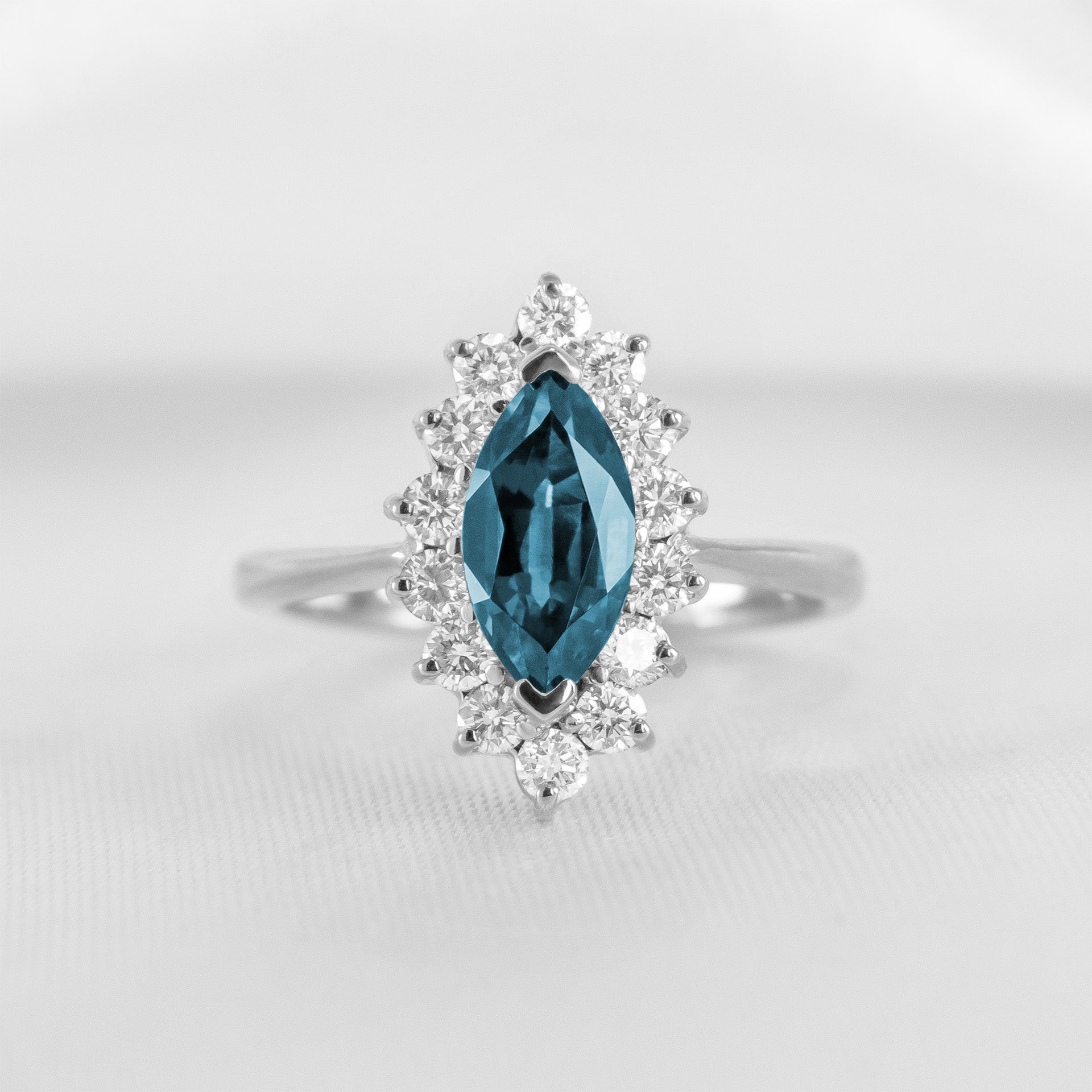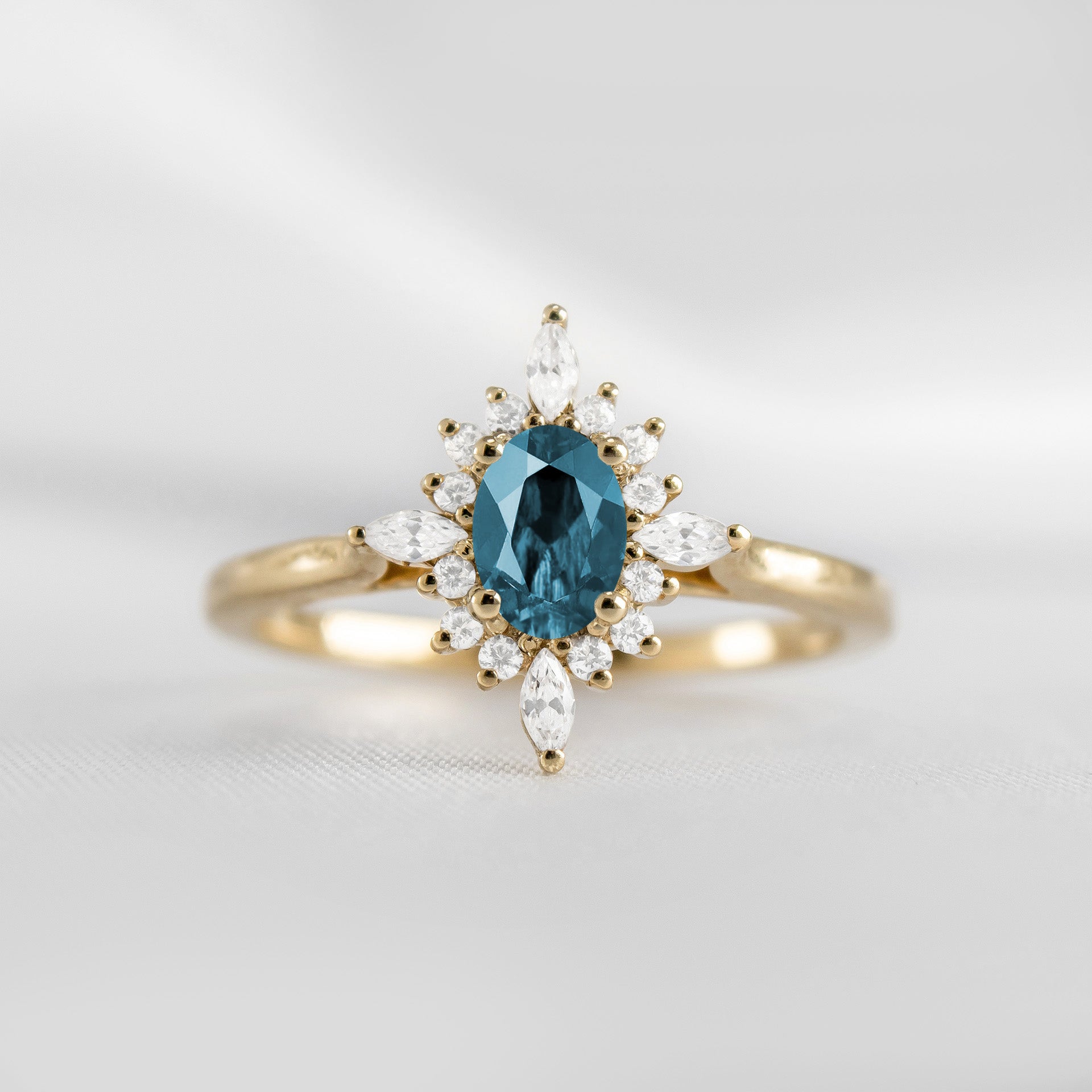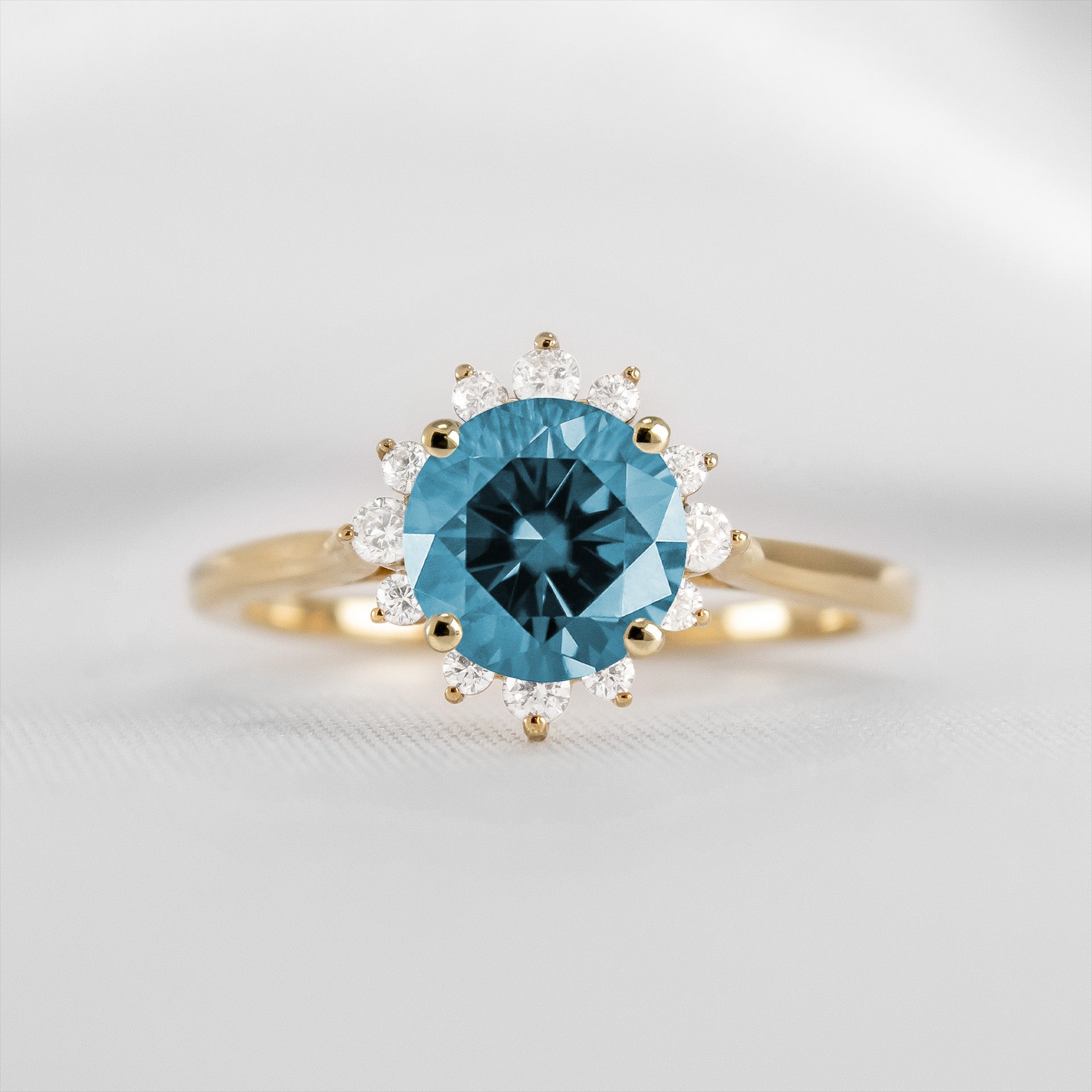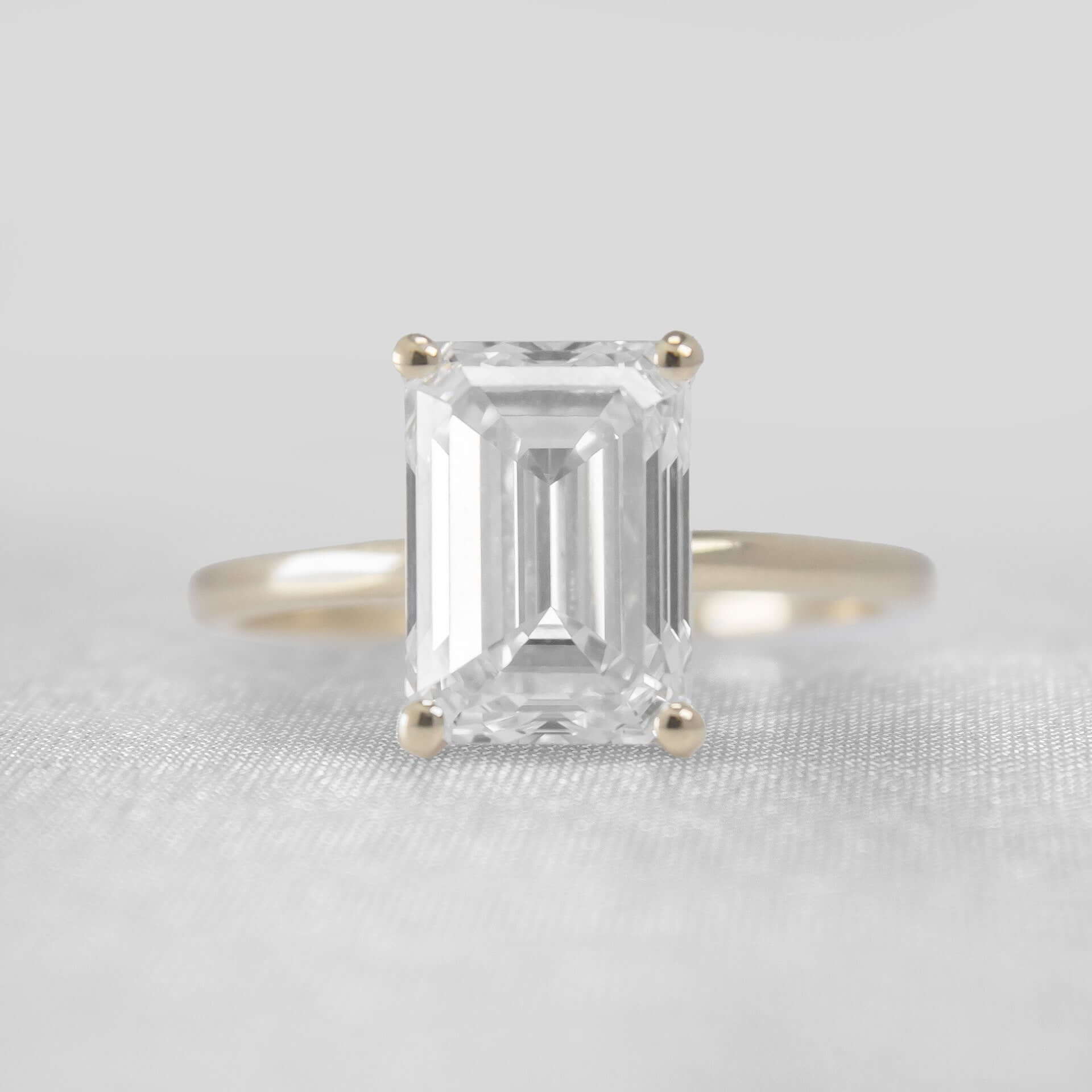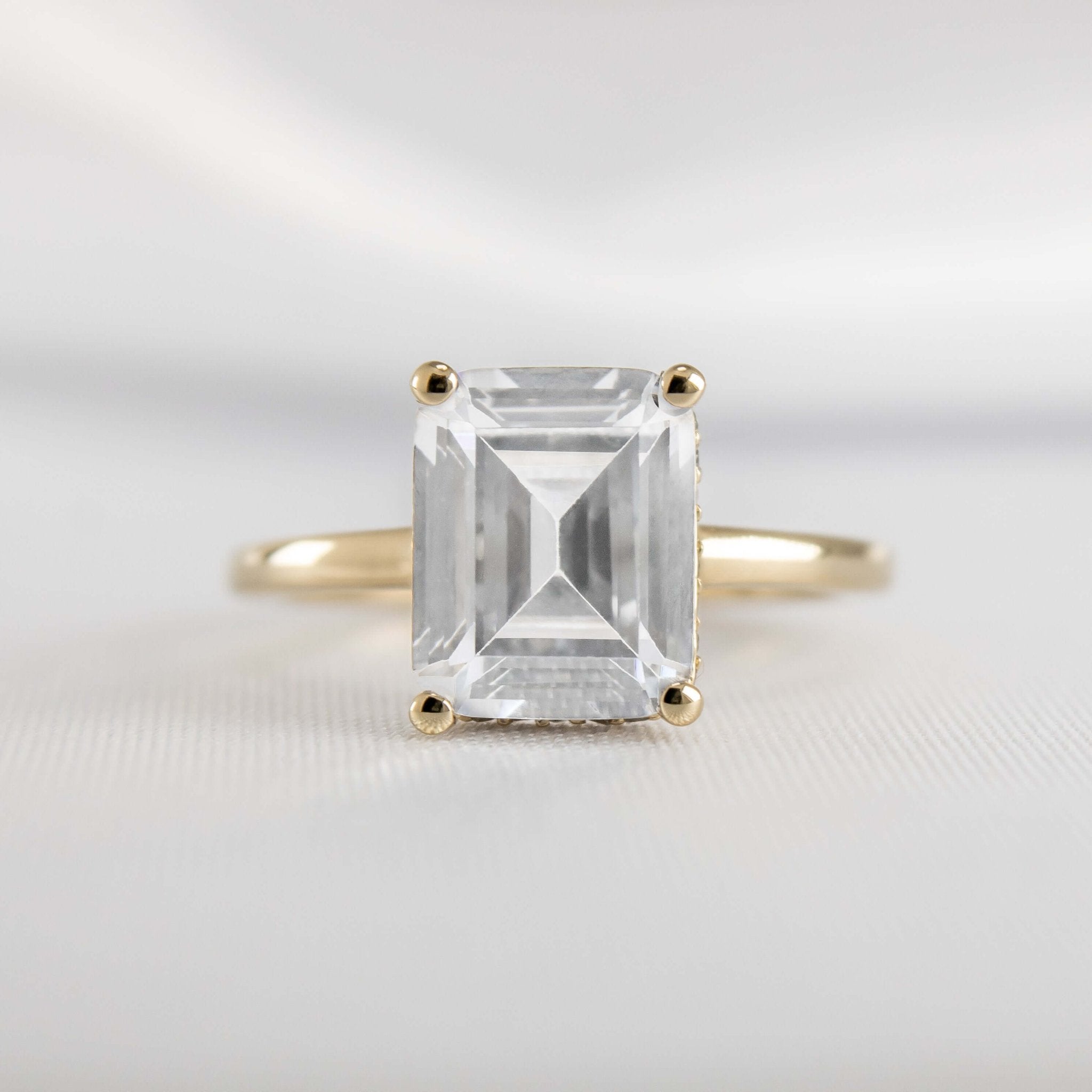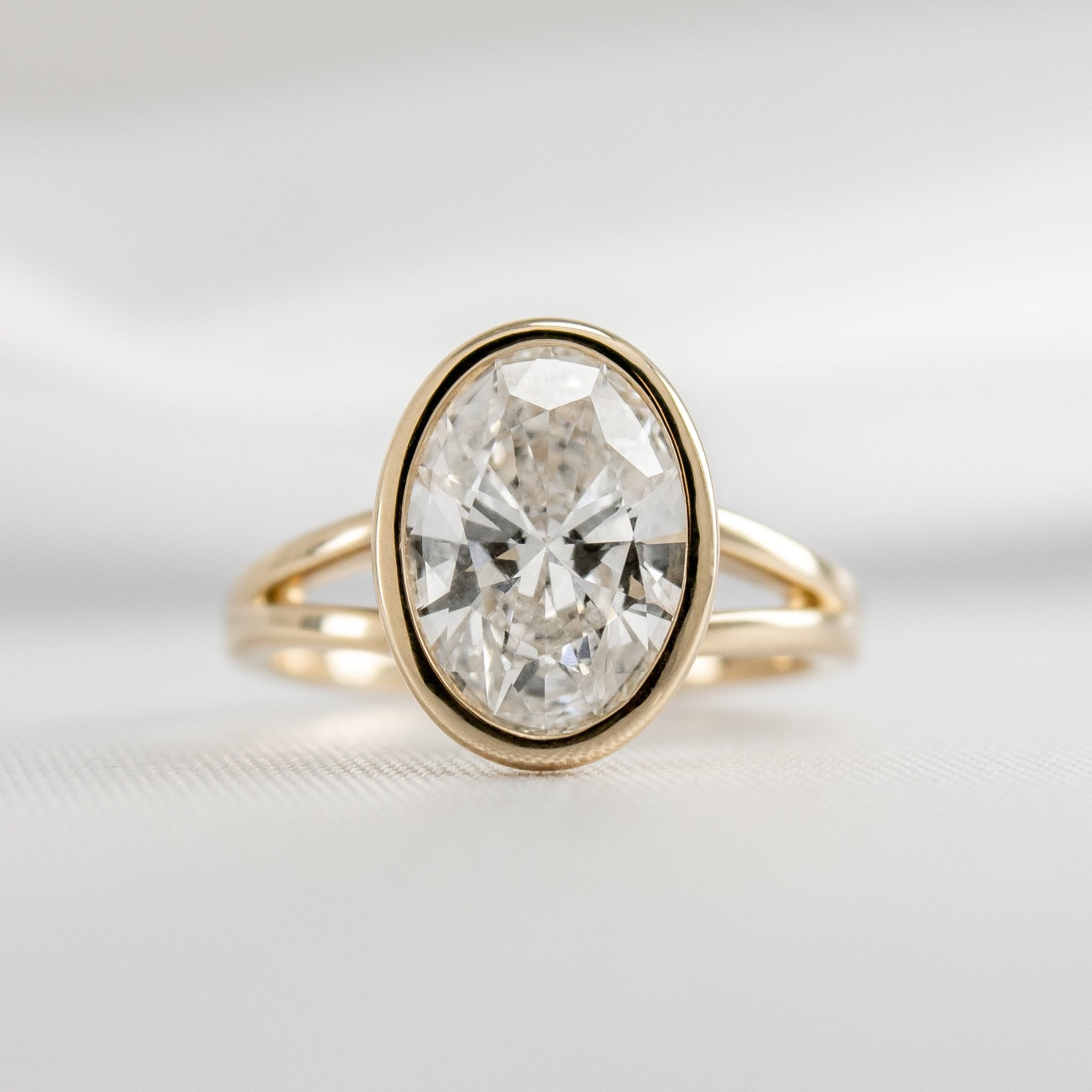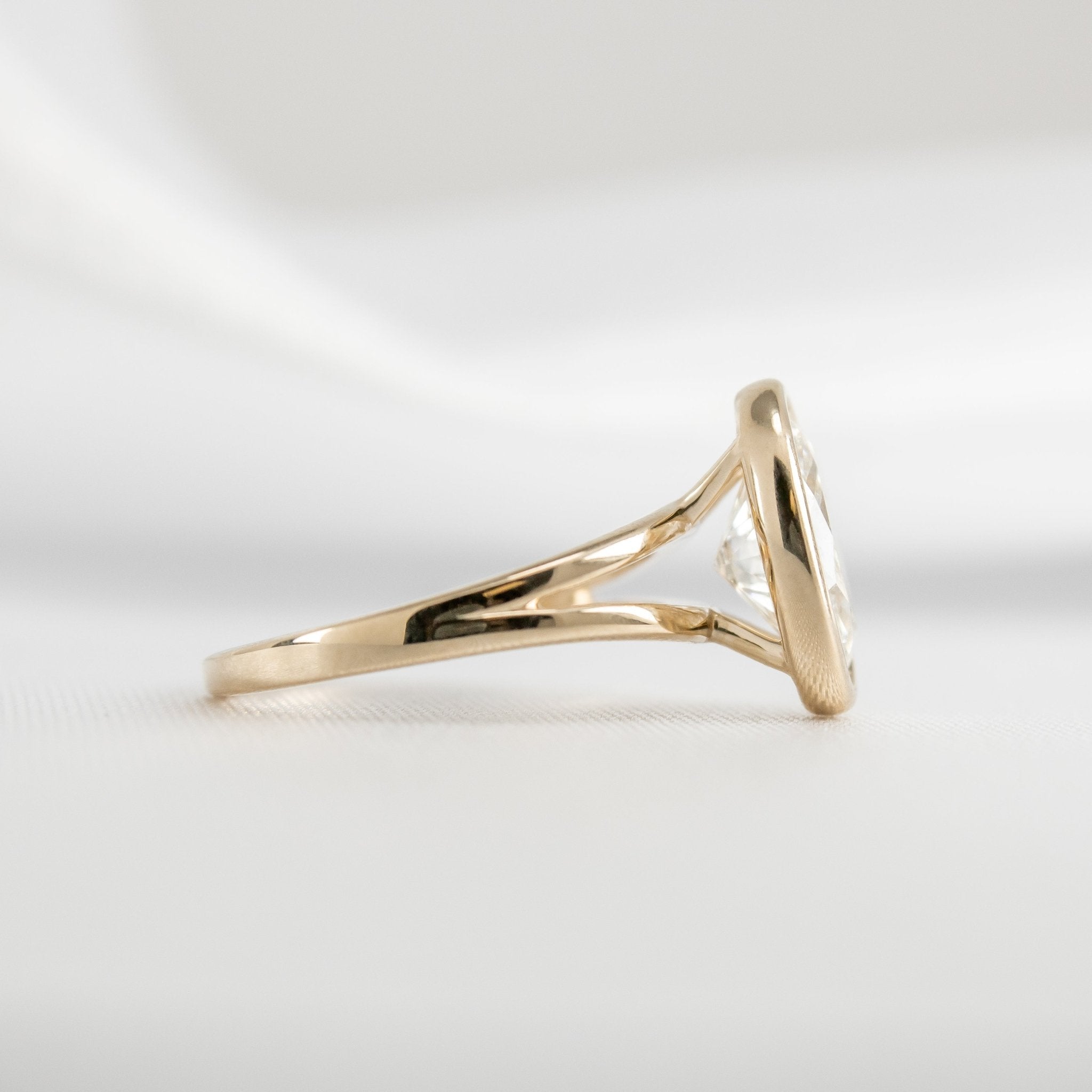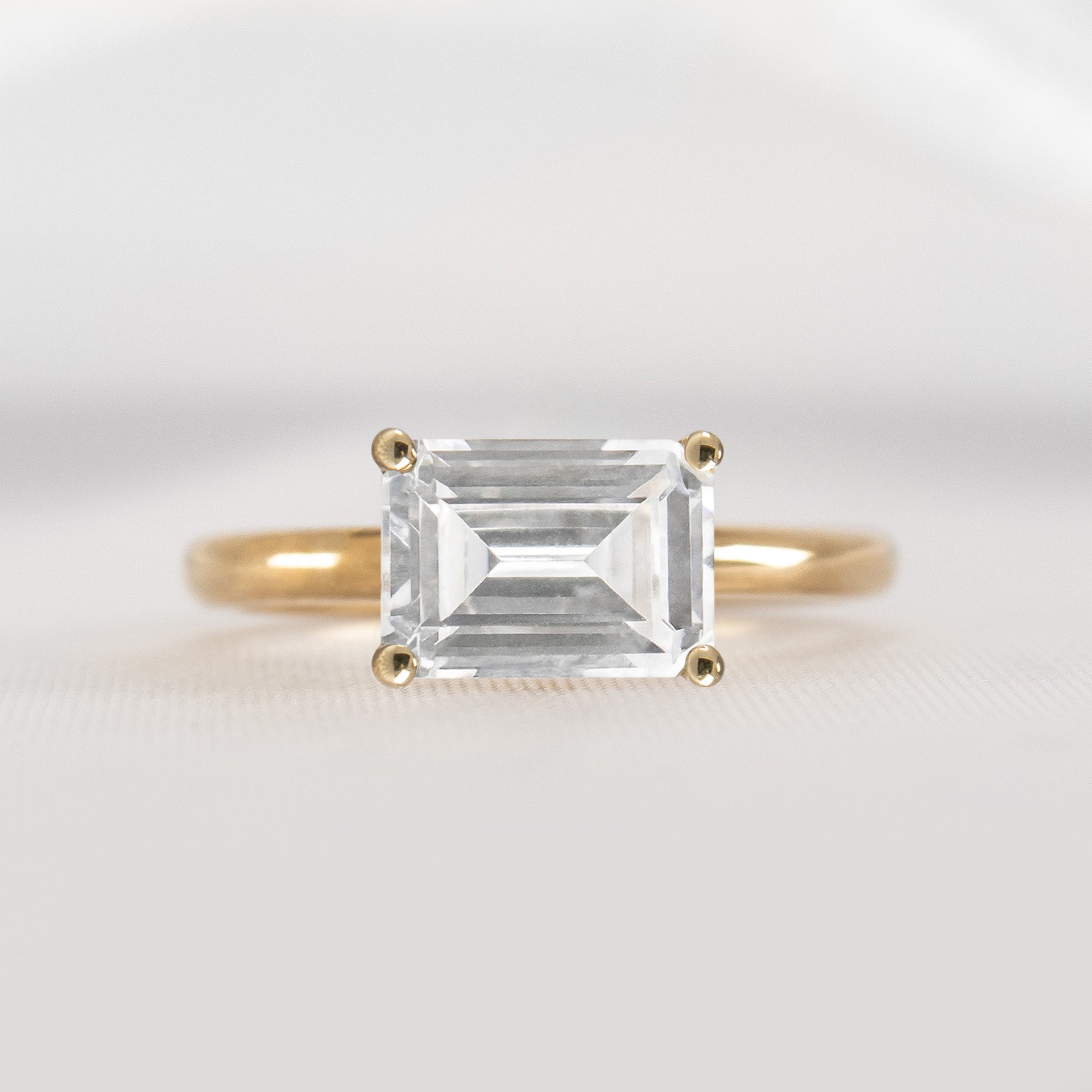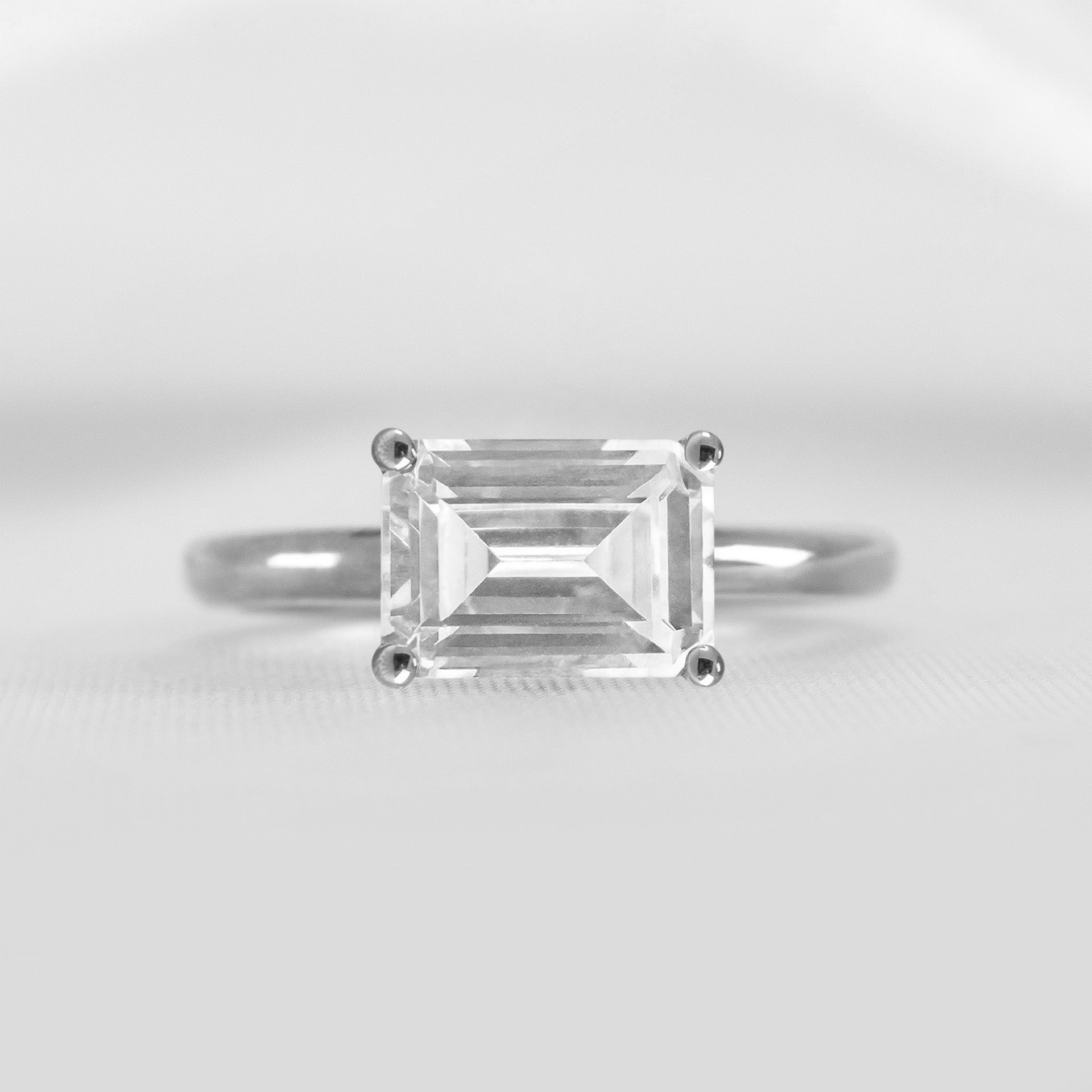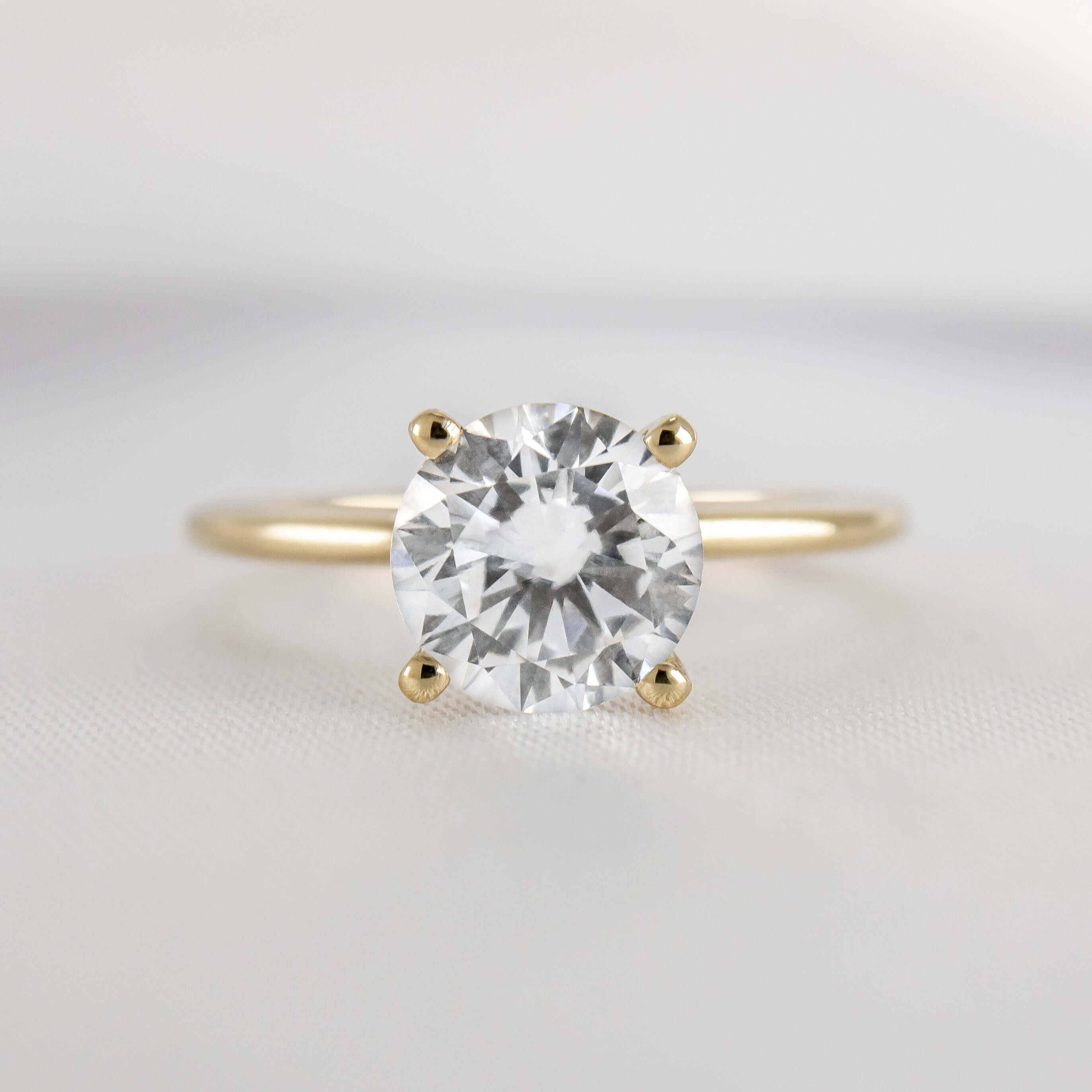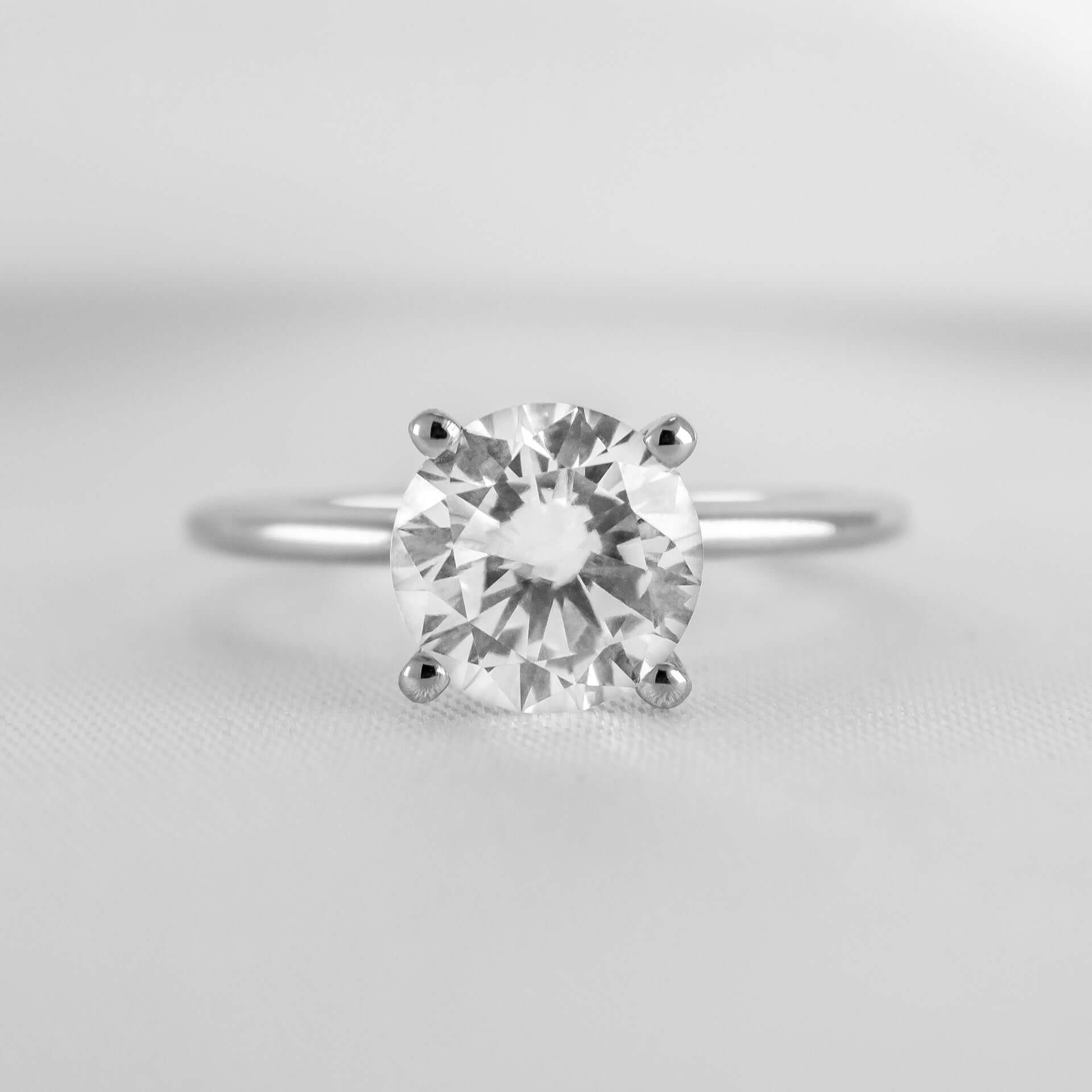Engagement Ring Budgeting
Choosing an engagement ring is one of life’s most meaningful purchases. It should feel exciting—not stressful. The first step in this journey is setting a budget that feels comfortable for you. With a clear budget, you’ll be able to focus your search on the right diamonds, gemstones, and ring styles, making the process smoother and more enjoyable.
At Lisa Robin, we believe your budget is not a limitation—it’s the framework for creating a ring that reflects your love story. This guide will help you navigate how much to spend, what factors influence price, and how to maximize your budget while creating the ring of your dreams.
How Much Should I Spend on an Engagement Ring?
You’ve probably heard the old “two or three months’ salary” rule. The truth? That guideline was invented nearly a century ago by diamond marketers. Today, there are no rules—the right budget is the one that feels right for you and your partner.
Average Engagement Ring Cost in 2024
When planning your budget, it helps to understand what most couples are spending today. According to The Knot 2024 Jewelry & Engagement Study, the average cost of an engagement ring in the U.S. is about $5,200. This is the most current data at time of writing.
Engagement Ring Cost Trends
The national average has been declining over the past few years:
| Year | Average Cost |
|---|---|
| 2021 | $6,000 |
| 2022 | $5,800 |
| 2023 | $5,500 |
| 2024 | $5,200 |
This trend is encouraging for budget-conscious buyers—more couples are finding ways to maximize sparkle without overspending.
Regional Cost Differences in Engagement Rings
The same study highlights how averages vary across the country:
-
Mid-Atlantic (NY, NJ, PA, MD, DC, DE): ~$6,900
-
Midwest (OH, MI, IN, IL, WI, MN, IA, MO, KS, ND, SD, NE): ~$4,900
-
National Average (all regions): ~$5,200
What Most Couples Spend on an Engagement Ring
Spending ranges provide even more useful context:
-
33% spend under $3,000
-
64% spend under $6,000
-
8% spend $10,000–$14,999
-
5% spend $15,000+
A Note on Engagement Ring Cost Averages
It’s important to remember that averages are just benchmarks, not prescriptions. They can be influenced by outliers, and the actual cost of a ring depends on choices like diamond size, gemstone type, and setting. While it’s helpful to know the national average, the most important budget is the one that feels right for you.
At Lisa Robin, we see clients create extraordinary rings at every price point—from under $3,000 to well over $30,000.
Why Lab-Grown Diamonds Are Changing the Average Cost
One of the biggest reasons the average engagement ring cost has declined in recent years is the growing popularity of lab-grown diamonds. Couples today can achieve impressive size and excellent quality at a far more accessible price point—without compromise.
At Lisa Robin, we often find that:
-
Clients rarely need to reduce their desired carat weight when selecting lab-grown.
-
The price range for very high-quality diamonds (excellent cut, color, and clarity) is attainable for most budgets.
-
Our transparent pricing feed—a real-time look at millions of diamonds and gemstones—lets you see exactly how adjustments in cut, clarity, or origin affect price.
With natural diamonds, balancing size and quality can be more challenging. But with lab-grown, you can create your dream ring with both brilliance and value.
Explore Lab Grown Diamond Engagement Rings
The 4Cs of Diamond Quality and Price
When choosing a diamond, understanding the 4Cs—Cut, Color, Clarity, and Carat—will help you balance beauty and budget. Learn About Diamonds
-
Cut: Impacts sparkle. A well-cut diamond shines brighter, even if smaller in size.
-
Color: Graded from D (colorless) to Z (light tint). Slight differences aren’t always visible to the eye—opting for near-colorless can save money.
-
Clarity: Most inclusions are invisible without magnification, meaning you don’t always need the highest grade.
-
Carat: Bigger isn’t always better. A smaller diamond with great cut can be more stunning than a larger one of lesser quality.
Learn more in our Expert Insights on Diamonds
7 Tips to Maximize Your Engagement Ring Budget
1. Consider a Lab-Grown Diamond
Lab-grown diamonds offer the same brilliance, durability, and sparkle as mined diamonds at a lower price point. With lab-grown, you can often get a larger carat size or higher quality stone without increasing your budget.
2. Choose Shapes That Appear Larger
Some diamond shapes offer more visual impact for their carat weight. Ovals, pears, and marquise cuts tend to look bigger on the finger than rounds, which are also the most expensive cut.
3. Balance Quality, Not Just Size
Carat weight isn’t everything. A smaller diamond with an excellent cut will often look more stunning than a larger stone with a poor cut. Prioritize brilliance first, then balance clarity and color to stay within budget.
4. Understand How Ring Styles Affect Budget
Solitaires will generally cost much less than a ring style with lots of side stones or a bold halo. Balancing your style preference with your diamond choice gives you a clearer sense of how to budget effectively.
Learn About Engagement Ring Styles
5. Don’t Overlook Custom Design
Many assume custom means more expensive, but with Lisa Robin, it’s the opposite. Our design process allows you to allocate your budget where it matters most—whether that’s the center stone, setting style, or meaningful details. Customization ensures you don’t compromise, creating a ring that perfectly reflects your story without overspending. Learn About Our Custom Process
6. Explore Colored Gemstones
Gemstones like sapphires, morganite, aquamarine, and emeralds bring personality, symbolism, and romance—all while often costing less than diamonds. Choosing a colored gemstone can stretch your budget and create a ring that feels uniquely yours.
Common Mistakes to Avoid When Budgeting
- Not setting a budget at all → leads to overspending or overwhelm.
- Focusing only on carat weight →remember sparkle matters more than size.
- Ignoring alternatives to diamonds → gemstones can be both meaningful and affordable.
- Sacrificing quality for size → a smaller, high-quality diamond always outshines a big dull one.
- Forgetting maintenance → protect your ring with our Lifetime Care Plan.
Final Thoughts
Setting your engagement ring budget is the first step in creating a piece that symbolizes your forever story. Whether your budget is $3,000 or $30,000, we’ll help you find (or design) a ring that feels extraordinary.
The true beauty of an engagement ring lies in the love and commitment it represents—not in the number on the receipt.
Shop Blue Diamond Engagement Rings
View allThat’s why we are here to guide you through every step - from understanding what carat, color, cut and clarity mean, to designing the perfect ring.
Shop Solitaire Engagement Rings
View allUltimately, the decision of how much to spend is up to you and your personal financial situation. Some may choose to save a substantial amount, others may opt for financing. Consider your budget and best option for payment and make your decision from there.










